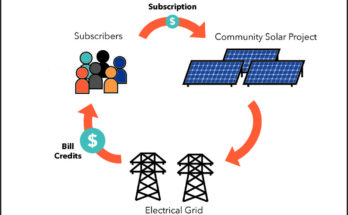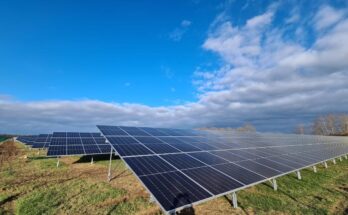Total Energy Consumption (1999E): 1.8 quadrillion Btu* (0.47% of world total energy consumption)
Energy-Related Carbon Emissions (1999E): 27.9 million metric tons of carbon (0.45% of world total carbon emissions)
Per Capita Energy Consumption (1999E): 12.5 million Btu (vs. U.S. value of 355.8 million Btu)
Per Capita Carbon Emissions (1999E): 0.2 metric tons of carbon (vs. U.S. value of 5.5 metric tons of carbon)
Energy Intensity (1999E): 31,193 Btu/$1990 (vs U.S. value of 12,638 Btu/$1990)**
Carbon Intensity (1999E): 0.48 metric tons of carbon/thousand $1990 (vs U.S. value of 0.19 metric tons/thousand $1990)**
Sectoral Share of Energy Consumption (1998E): Residential (48.8%), Industrial (33.4%), Transportation (13.3%), Commercial (4.5%)
Sectoral Share of Carbon Emissions (1998E): Industrial (44.9%), Transportation (27.2%), Residential (22.2%), Commercial (5.7%)
Fuel Share of Energy Consumption (1999E): Oil (41.9%), Natural Gas (40.0%), Coal (5.0%)
Fuel Share of Carbon Emissions (1999E): Oil (54.6%), Natural Gas (37.4%), Coal (8.0%)
Renewable Energy Consumption (1998E): 1,145 trillion Btu* (1% increase from 1997)
Number of People per Motor Vehicle (1998E): 125 (vs. U.S. value of 1.3)
Status in Climate Change Negotiations: Non-Annex I country under the United Nations Framework Convention on Climate Change (ratified June 1st, 1994). Not a signatory to the Kyoto Protocol.
Major Environmental Issues: Air pollution from industrial units and vehicles, Water pollution from raw sewage, industrial wastes, and agricultural runoff; limited natural fresh water resources; a majority of the population does not have access to potable water; deforestation; soil erosion and desertification.
Major International Environmental Agreements: A party to Conventions on Biodiversity, Climate Change, Desertification, Endangered Species, Environmental Modification, Hazardous Wastes, Law of the Sea, Nuclear Test Ban, Ozone Layer Protection, Ship Pollution and Wetlands . Has signed, but not ratified, Marine Life Conservation.
* The total energy consumption statistic includes petroleum, dry natural gas, coal, net hydro, nuclear, geothermal, solar, wind, wood and waste electric power. The renewable energy consumption statistic is based on International Energy Agency (IEA) data and includes hydropower, solar, wind, tide, geothermal, solid biomass and animal products, biomass gas and liquids, industrial and municipal wastes. Sectoral shares of energy consumption and carbon emissions are also based on IEA data.
**GDP based on EIA International Energy Annual 1999*
For feedback write to author at: Sajedali2003@gmail.com




